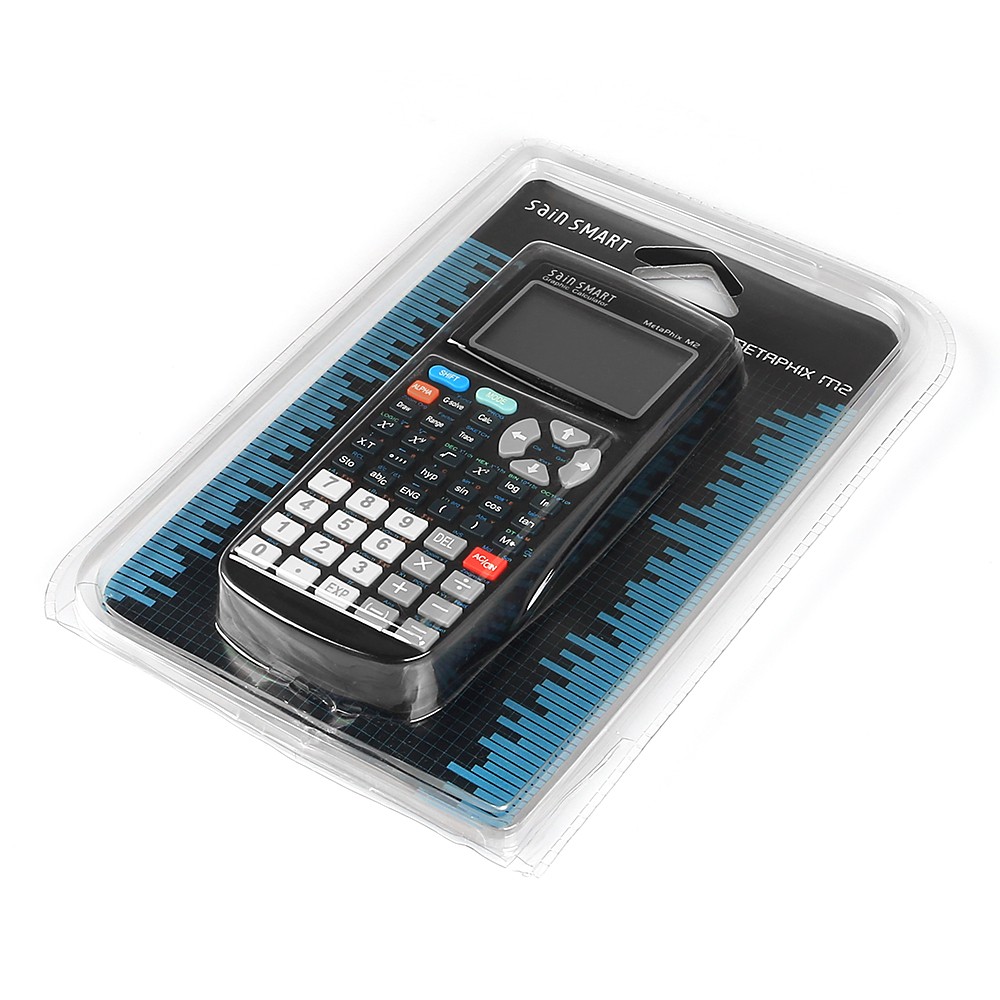

The number of bytes consumed by each register (and therefore the number of registers available) depended on the current word size rounded up to the nibble.

All space was initially allocated to registers until programs were entered. The HP-16C contained 203 bytes of RAM shared between program and register storage. The HP-16C used label addressing with labels 0-9 and A-F. While designed to debug programs, the HP-16C was programmable itself. The calculator also included a few "normal" features like square root, and invert.

Rotate functions: Rotate a single position or N positions left or right, through carry or not.Shift functions: Left and right, arithmetic and non.The HP-16C provided a wealth of functions for the programmer including. Two conversion algorithms were supplied to convert between the HP-16C floating-point format and the (then proposed) IEEE format. The HP-16C also provided floating-point math. Once set, the HP-16C would do math like the user's computer, including setting the overflow and carry flags. And the calculator could be set to perform unsigned, 1's or 2's complement math. The word size could be set to anywhere from 1 to 64 bits. Rather than being content to just do basic binary math, HP designed the calculator to be configurable to match the computer the user was currently working with. The display could be shifted a digit or a window at a time. Because some bases (especially binary) could result in very long numbers, a windowable display was provided along with an indication of more digits to the right and/or left. The hex digits displayed as AbCdE with the "b" and "d" in lower case so they could be distinguished from "8" and "0". The HP-16C could display numbers in Hexadecimal, Decimal, Octal and Binary formats using a standard 7 segment display.


 0 kommentar(er)
0 kommentar(er)
